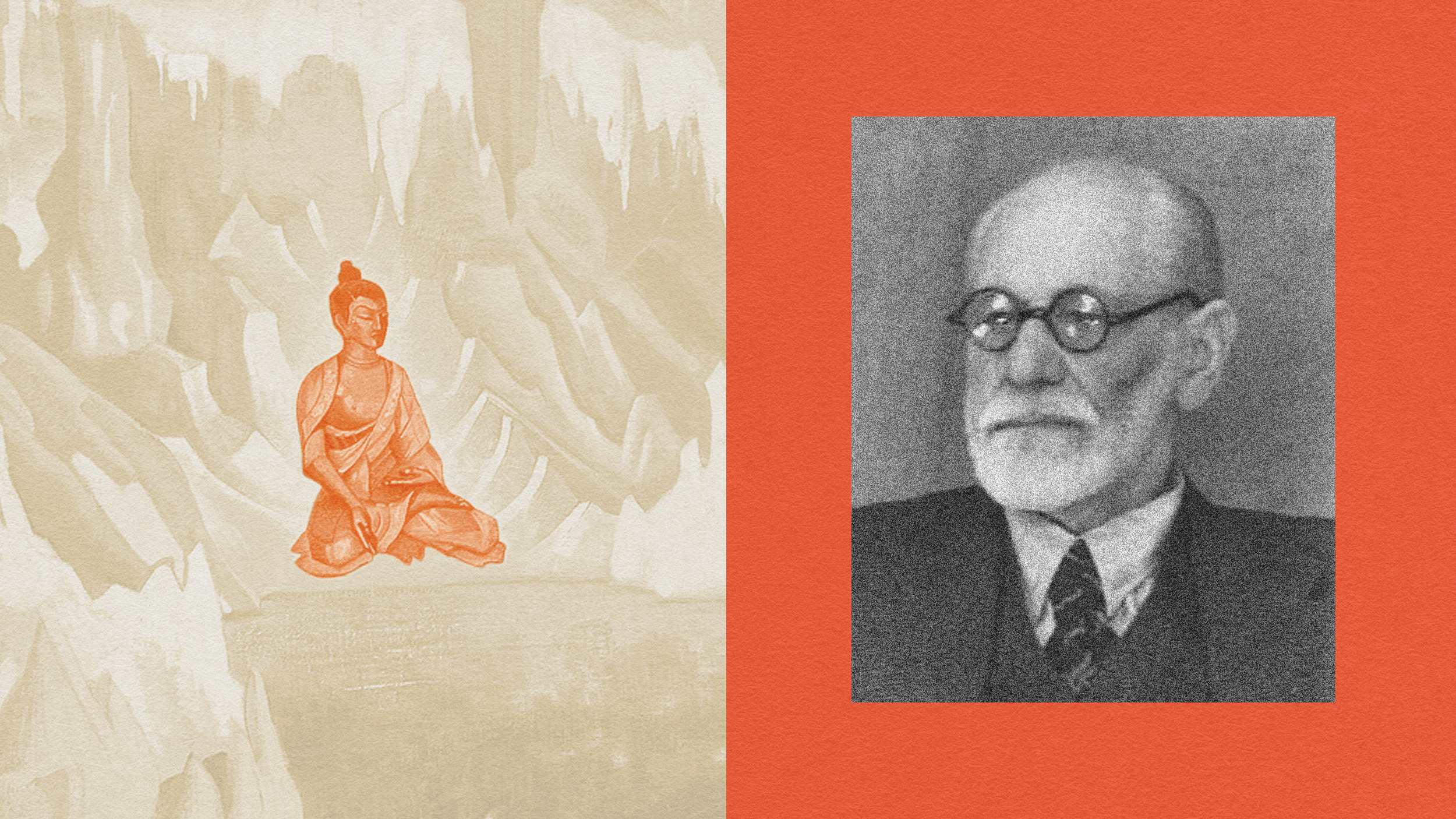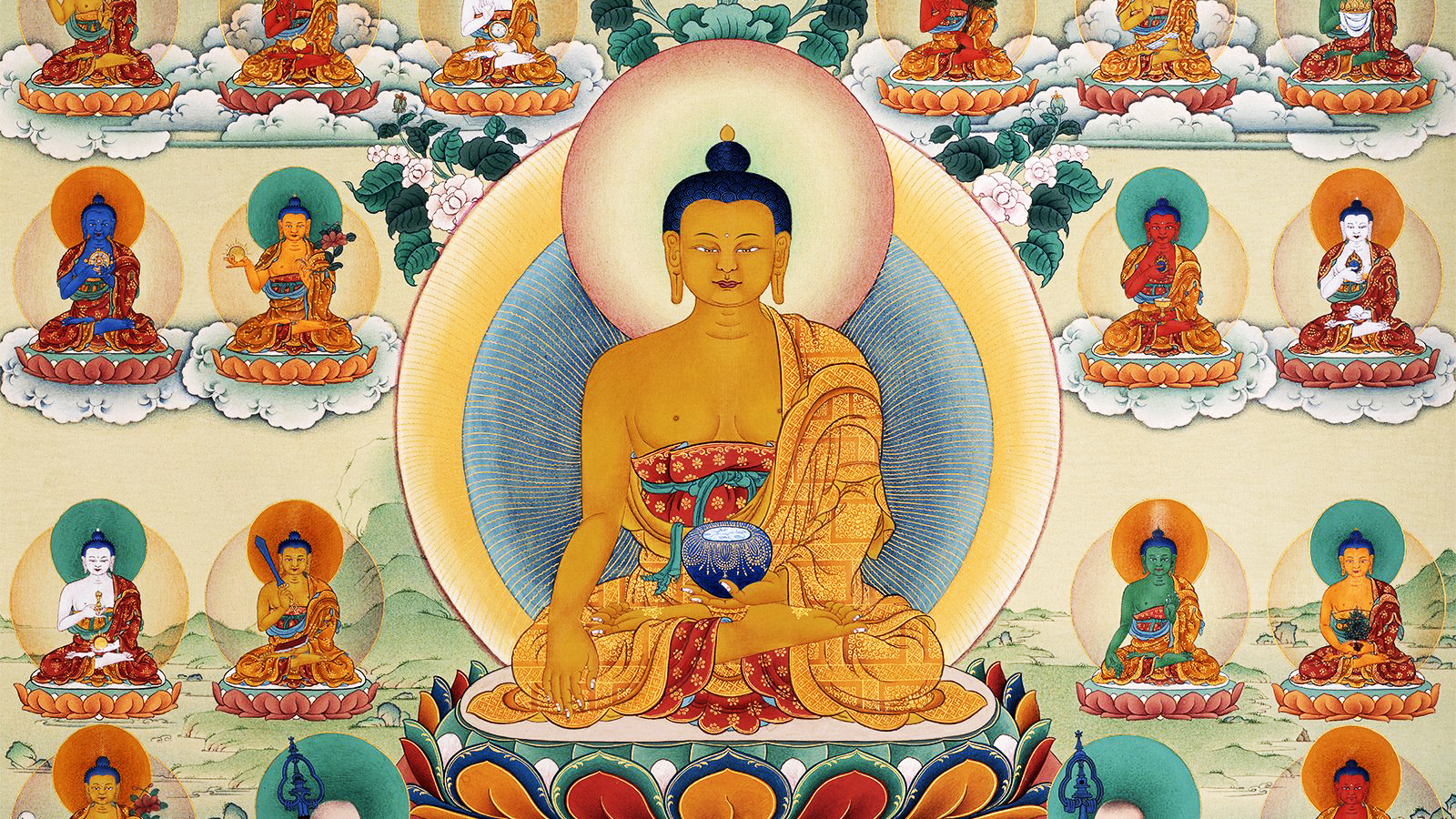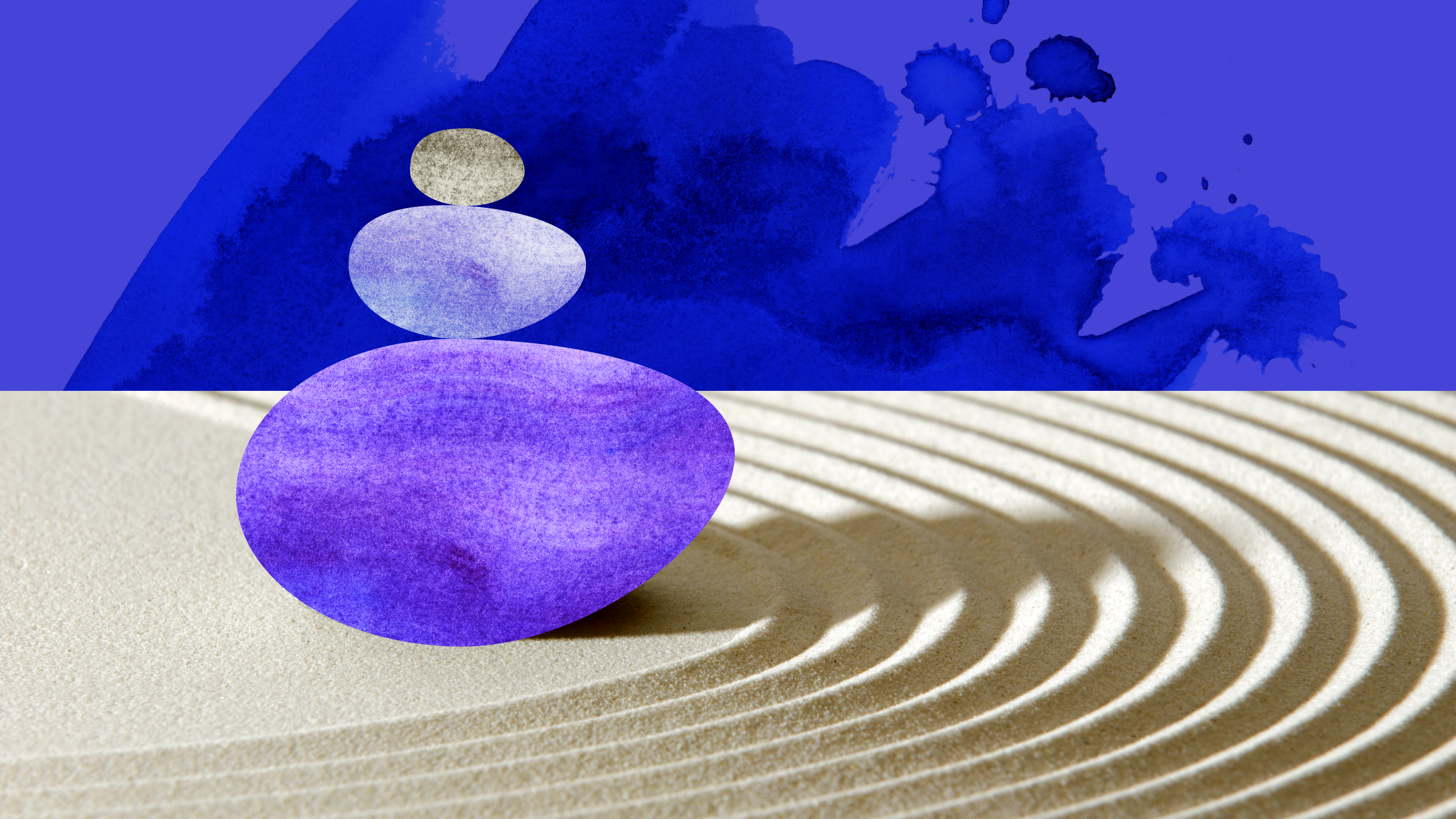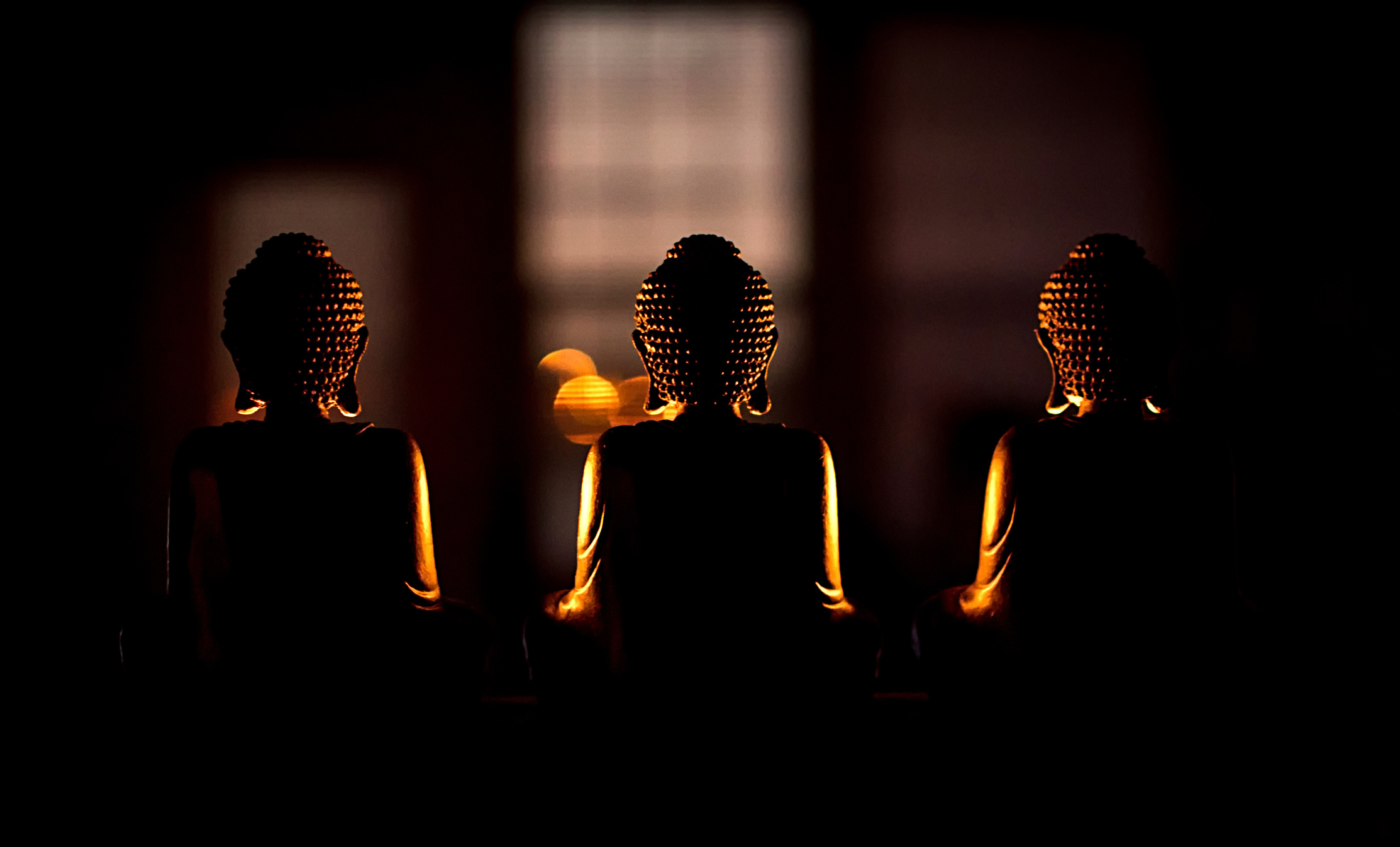The Trauma of Everyday Life

Like all major religions, there exists numerous ideas of what Buddhism is and how to practice it. Perhaps the hardest part about explaining Buddhism is that it’s nowhere near being a religion in the first place. Rather it is a way of engaging and grappling with yourself and the world you live in, sans metaphysics and dogma. That does not mean plenty of dogma hasn’t arisen over the two-and-a-half millennia since Siddhatta Gotama walked the earth, however.
Gotama’s father initially tried to shield his son from the world’s miseries after his mother died a week after giving birth. A rich and respected elder in Kapilavatthu, his father had done his best to ensure an easy life for the young prince. Yet there was nothing rewarding about being pent up in an estate or his path of marriage and fatherhood.
At age twenty-nine, a few days after the birth of his own son, Rāhula (which means ‘fetter,’ for the Buddha felt the boy would shackle him), Gotama began his epic journey of asceticism, meditation and finally, the philosophy bearing his name today. As the mythology goes, Gotama demanded he leave his family’s compound to visit the surrounding village, witnessing the realities of aging, illness, corruption, sorrow and death. Once exposed to these mortal truths, he refused to live in confinement when most people experienced an entirely different reality.
And so the Buddha set off, studying yoga and practicing extreme forms of asceticism, including nearly starving himself in hopes of transcending his body. As religious historian Karen Armstrong points out in The Great Transformation, Gotama was turned off by his yoga teachers’ claims that he needed them in order to reach enlightenment. He knew he had to find it for himself.
But what made the young man fly off in the first place? Psychotherapist Mark Epstein tackles this issue in his insightful and passionate work, The Trauma of Everyday Life. Having read dozens of books on Buddhism over the years, it was the first I’ve seen to investigate the death of his mother as the underlying cause of his eventual usurping of guaranteed luxury for the monastic quest of self-realization.
Buddha recognized trauma as a means of enlightenment, not a hindrance on the spiritual path. In this, Epstein borrows from the same tradition as Tibetan Buddhism and the meditation practice of tonglen (‘giving and taking’), which uses suffering as a steppingstone for understanding the misery of others. As Epstein writes, you don’t avoid trauma, but rather go through it.
The first of Buddha’s four revelations is usually translated as ‘All life is suffering.’ The word dukkha has other implications, however. Armstrong prefers the terms ‘unsatisfactory’ and ‘flawed,’ while Epstein chooses ‘hard to face.’ They imply the same thing: we want life to be one way, and when it turns out not to be the case, we suffer. Dukkha is created by our brains, not an external agent.
Trauma is one powerful teacher. That’s part of the revelation Buddha had the night he sat underneath a bhodi tree and refused to stand until he had reached enlightenment. The demon god Mara taunted Gotama with every possible temptation that evening. Buddha, unmoved, sat patiently in vajrasana, the adamantine posture, recognizing the actual function of Mara: the insistent pestering of a restless brain.
Gods served two functions for most of history: as representations of external forces of nature and as psychological states. Mara was a symbol of untamed neural patterns. Buddha knew that to deal with his suffering, what was hard to face, he had to face himself fully. He had to dive straight into his traumas and emerge on the other side. Running from his pains, or worse, assigning those pains to an external deity, would not suffice. No enlightenment awaited at the end of those tunnels.
And so he stood again after his enlightenment, which he knew was more a process than a pose. Mara never actually fled. Rather, Buddha had empowered himself with the knowledge of how to deal with his own ‘stuff’ better. As Epstein writes,
Awakening does not mean an end to difficulty; it means a change in the way those difficulties are met.
Thus the Buddha began his teachings, which continue to resonate to this day. Sects often diverge in their beliefs about what being a Buddhist means—some are enthralled with karma as an indicator of past lives, others place their faith in external gods. At root is this ability to sit and look at your brain as if in a mirror, reflecting back all the horrors and misunderstandings you’re going through.
Today the Buddha’s words are plastered all over social media. Many of the messages are beautiful. But the picking and choosing of inspired and uplifting quotes is only one facet of this unique and complex teacher. He probably would not be so well received in certain quarters of New Age and positive psychology movements today, just as Jesus’s socialism would most likely not be embraced by conservative Americans. As Epstein writes,
Questioned some years after his enlightenment by a local prince about his penchant for delivering bad news, Buddha said that he could no longer abide by the traditional Sanskrit principle of saying only what was true and pleasant.
A lesson as true today as when first spoken.
Image: Sofiaworld/shutterstock.com




